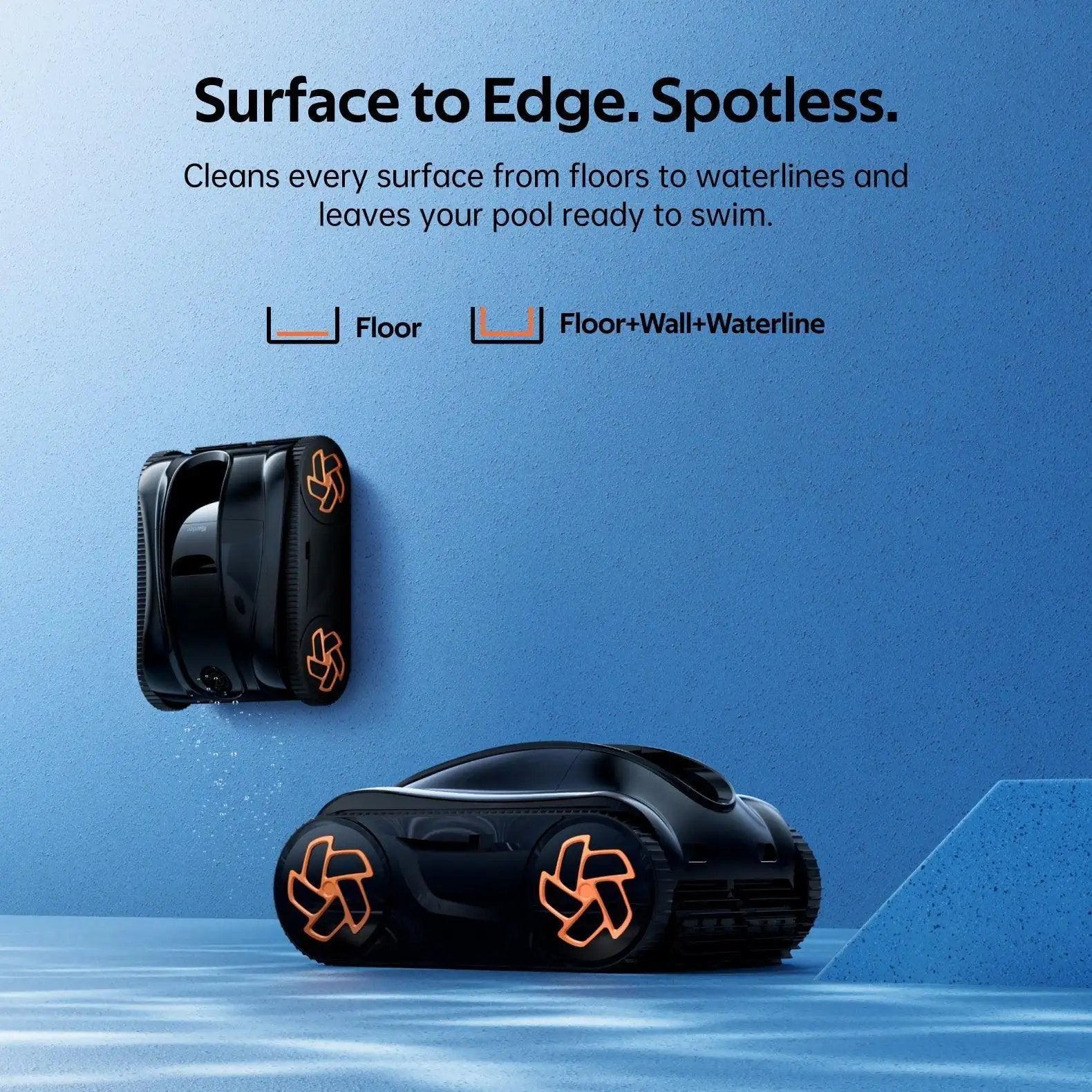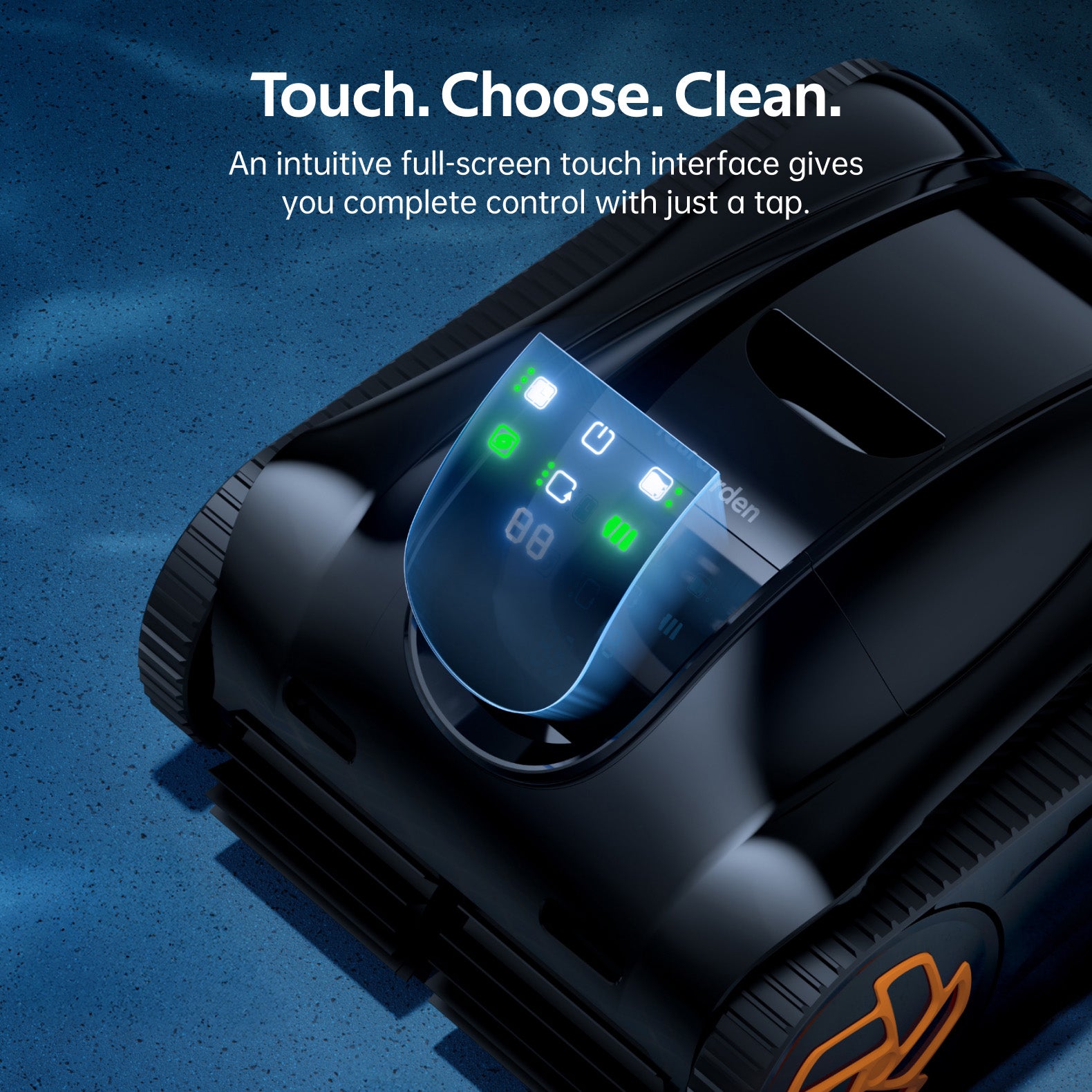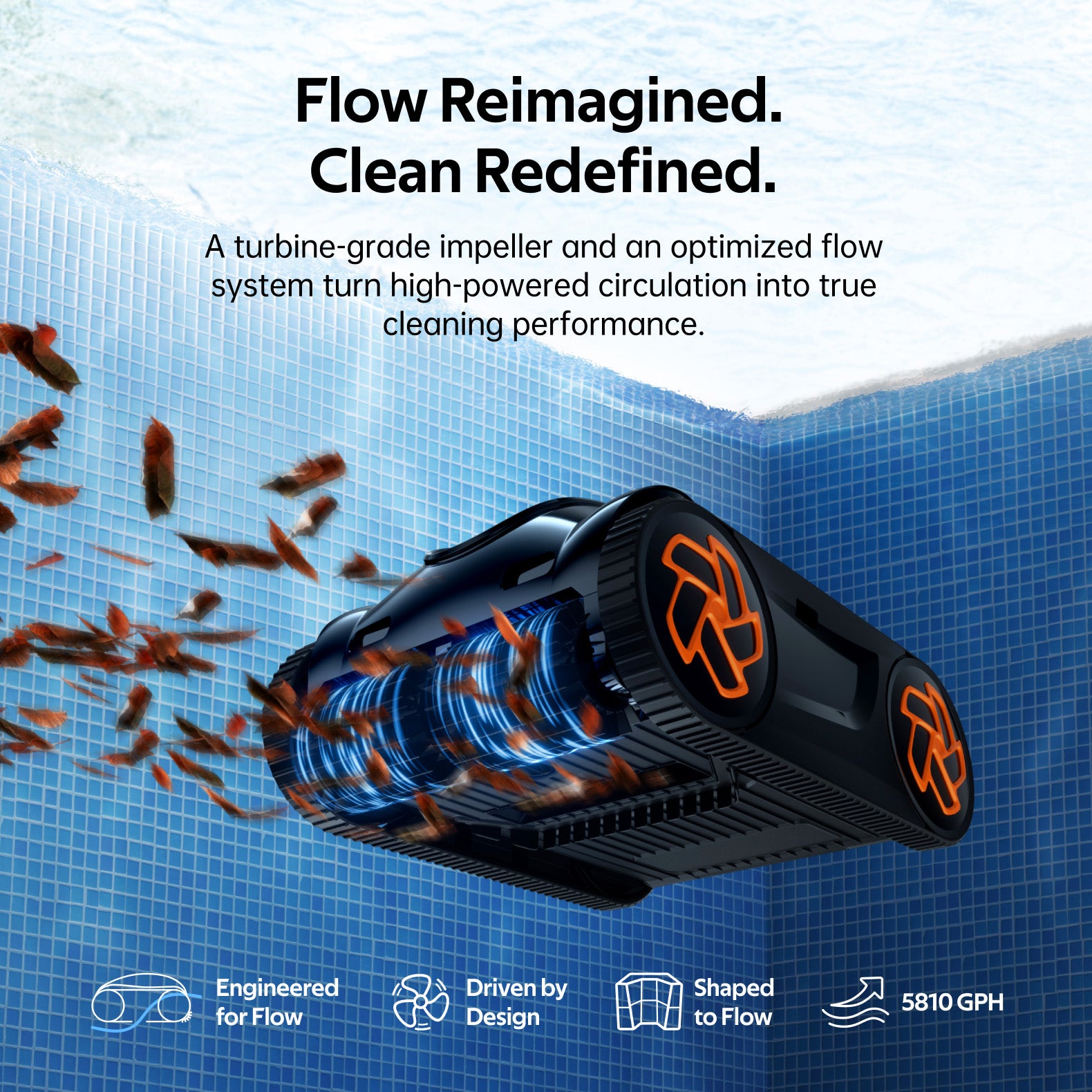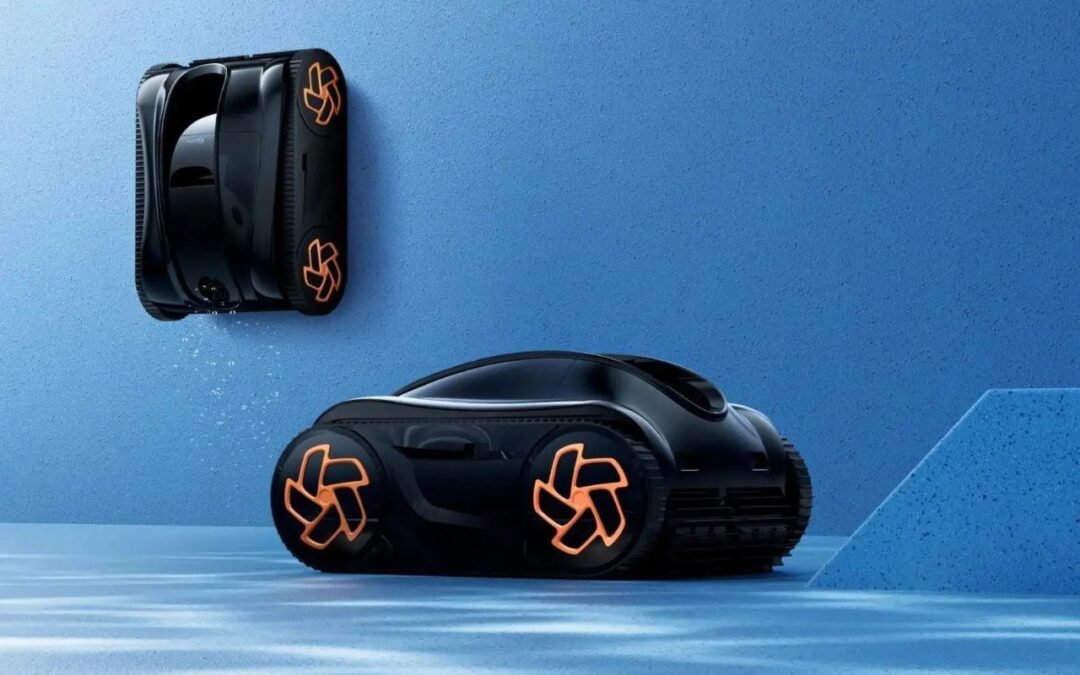The modern pool service industry stands at a technological crossroads, where crystal-clear waters meet cutting-edge robotics. Gone are the days when maintaining pristine pools meant hours of manual labor and inconsistent results. Professional pool service providers face mounting pressure to deliver exceptional quality while managing rising operational costs and labor shortages.
Enter pool vacuum robots – revolutionary automated systems that are transforming the industry landscape. These sophisticated machines combine advanced navigation, powerful cleaning capabilities, and smart connectivity to address the fundamental challenges of pool maintenance. From AI-driven cleaning patterns to remote fleet management, these innovations are setting new standards for efficiency and reliability.
For service professionals seeking to optimize their operations and enhance client satisfaction, understanding these technological advances has become crucial for staying competitive in today’s market.
The Evolution of Pool Cleaning Technology
The pool service industry has witnessed a remarkable transformation over the past decade, shifting from labor-intensive manual cleaning methods to sophisticated robotic solutions. Current market data shows that over 60% of professional pool service providers have adopted automated cleaning systems, with adoption rates accelerating yearly. This surge comes as no surprise, given the persistent challenges of traditional cleaning methods.
Manual pool maintenance typically consumed 2-3 hours per service visit, with results heavily dependent on operator technique and environmental conditions. Inconsistent cleaning patterns, missed spots, and the physical strain on technicians created significant operational bottlenecks. Artificial Intelligence has revolutionized these limitations through advanced scanning capabilities and real-time adjustments.
Modern pool robots utilize machine learning algorithms to analyze pool geometry, optimize cleaning patterns, and adapt to varying conditions. These systems have established new industry benchmarks, with cleaning efficiency rates exceeding 98% and service times reduced by up to 75%.
The integration of AI-driven technology has not only streamlined operations but also introduced predictable, measurable outcomes that were previously unattainable with manual methods. This technological leap has redefined industry standards, making consistent, high-quality pool maintenance accessible and scalable for service providers of all sizes.

Breakthrough Features in Modern Pool Vacuum Robots
Turbine-Grade Impeller: Power Redefined
Modern pool vacuum robots incorporate aerospace-inspired turbine-grade impellers that fundamentally transform debris collection capabilities. These precision-engineered components generate up to 8000 RPM of suction power while maintaining optimal efficiency through advanced fluid dynamics.
Independent testing shows these systems handle 40% more debris volume compared to traditional vacuum mechanisms, effectively processing everything from fine sand to large leaves without clogging. The reinforced composite materials extend operational lifespan by 300%, dramatically reducing maintenance requirements and service interruptions.

Intelligent Path Optimization Algorithms:
Revolutionary LIDAR-based navigation systems have superseded traditional gyroscopic controls, enabling unprecedented cleaning precision. These sensors create detailed 3D pool maps, identifying obstacles and optimizing cleaning patterns in real-time. Field studies demonstrate 45% faster completion times compared to conventional systems, while reducing energy consumption by 30%.
Complex pool shapes that once required multiple passes are now cleaned efficiently in a single cycle, with advanced algorithms adapting to changing conditions such as water flow and debris distribution.

Smart Connectivity & Fleet Management:
Cloud-based monitoring platforms have revolutionized fleet operations, enabling real-time tracking of multiple units through secure mobile applications. Service providers can now remotely adjust cleaning parameters, monitor performance metrics, and receive predictive maintenance alerts before issues arise.
Leading manufacturers like iGarden have developed integrated diagnostic systems that analyze over 200 operational parameters, providing detailed reports on cleaning efficiency, power consumption, and component health. This connectivity has reduced downtime by 60% while enabling proactive maintenance scheduling that optimizes resource allocation across entire service territories.
Operational Efficiency Solutions for Service Providers
Integrating robotic pool cleaners into existing service operations requires a systematic approach to maximize return on investment. Service providers should begin by mapping current workflow patterns and identifying key bottlenecks where automated systems can create immediate impact.
A structured implementation strategy starts with designating tech champions within the organization who undergo comprehensive training and subsequently train other team members. These champions should master both operational aspects and troubleshooting protocols to minimize downtime. For optimal resource allocation, providers should establish clear metrics tracking system utilization, cleaning efficiency, and maintenance schedules.
Real-world data shows successful integrators achieving 40% reduction in service times and 65% decrease in callback rates. The ROI calculation framework should account for initial equipment costs against labor savings, increased service capacity, and improved client satisfaction rates. High-performing companies typically recover their investment within 12-18 months through expanded service territories and reduced operational costs.
Regular maintenance protocols should include weekly filter inspections, monthly brush assessments, and quarterly comprehensive system checks. By implementing these structured approaches, service providers can transform their operations while maintaining consistent service quality across their client base.

Implementation Guide: Transitioning to Robotic Systems
Equipment Selection Criteria:
Selecting the right robotic cleaning system requires careful evaluation of specific operational needs. Service providers should assess pool characteristics across their client base, including average pool sizes, common debris types, and special features like beach entries or complex shapes. Essential compatibility factors include climbing ability for vertical surfaces, minimum depth requirements, and cord length for larger pools.
A comprehensive evaluation matrix should weigh warranty coverage, parts availability, and manufacturer support response times. Critical performance indicators include cleaning cycle duration, filtration capacity, and power consumption rates. Top-performing units demonstrate consistent wall-climbing capabilities and effective corner cleaning without manual intervention.
Deployment Best Practices:
Successful implementation follows a structured three-phase approach. Phase one involves pilot testing with select clients, gathering performance data and refining operational procedures. Service teams should document specific settings for different pool types and create standardized setup protocols. Phase two expands deployment while establishing client communication channels for feedback and support.
Educational materials should clearly explain the technology benefits and any adjustments to service schedules. Phase three focuses on optimization, including troubleshooting guides for common challenges like navigation around unique features or handling specific debris types. When encountering steep slopes, adjusting brush pressure and programming custom cleaning patterns ensures thorough coverage.
For tile edge cleaning, specialized brush configurations and modified scanning patterns maximize effectiveness. Regular performance reviews and client feedback sessions help refine deployment strategies and maintain service quality standards across the expanded operation.
The Future of Professional Pool Maintenance
The revolution in pool cleaning technology through advanced robotic systems marks a decisive turning point for service providers. The combination of turbine-grade impellers and AI-driven path optimization has established new benchmarks for cleaning efficiency and operational reliability. These innovations deliver measurable improvements in service quality while significantly reducing labor costs and time investment.
Forward-thinking service providers are already witnessing the emergence of next-generation features, including solar-powered charging stations and predictive maintenance algorithms that can forecast potential issues weeks in advance. Machine learning capabilities continue to evolve, promising even more sophisticated cleaning patterns and energy optimization.
For pool service businesses, the message is clear: embracing these technological advances isn’t just about staying current – it’s about securing a competitive edge in an increasingly automated industry. Those who adapt to this new paradigm will find themselves well-positioned to scale their operations, enhance client satisfaction, and thrive in the evolving landscape of professional pool maintenance.






